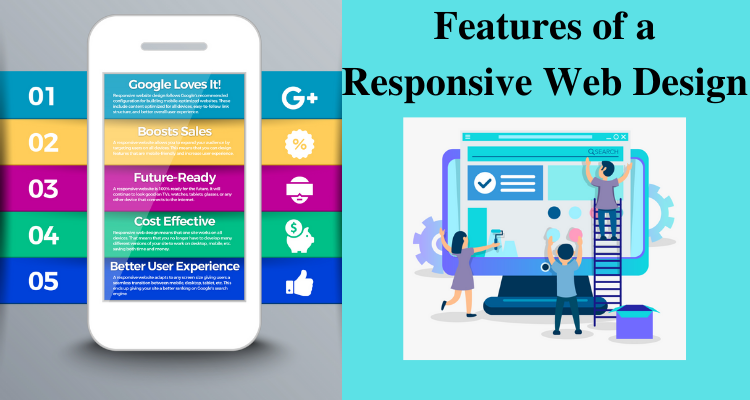

In summary, local government websites depend on their CMS to be task-oriented and enable citizens to complete that task quickly. For example, if someone is looking up court information from a mobile device, they are likely searching for details like address or phone number, so ensuring that such information is prominently displayed is key. The top reason that people land on a local government website is to complete a task or transaction, so local government website design must be built with customer journeys in mind and understand how the experience differs by device. Local governments are charged with building stronger communities, and their website is often the first and primary source of information citizens use to enrich their lives – from adopting pets to applying for business licenses. Local government needs to embrace smart website design Public sector websites that are informed by data and meet the criteria for citizen-driven design elements lead to higher citizen satisfaction and engagement. As a result, the most-advanced designs include easy information delivery and task completion that is mobile-friendly, responsive, and accessible. Whereas the private sector may have a targeted demographic of customers, government website design must serve all people, including those with disabilities. Unlike those in the private sector, government website design must be driven by citizen behavior, which includes people of all demographics. Specifically, government website design features must include navigation with search capability, prominently feature top services, offer personalized experiences based on geography, and more. Government website design refers to a specialized approach to building a CMS (or government content management system) that manages the creation and storage of digital content by a government organization.Ĭitizens have come to expect the same effortless experiences they do with private sector website design. 04.How does government website design differ from the private sector? While these lifestyle shots are good for getting across a mood, there are too many, and it slows the user down in their browsing journey: you have to scroll through one lifestyle shot after another, rather than getting to dive into the grid-view layout we’ve come to expect from low to mid-price clothes sites. It’s manageable, but figuring out what you need to do takes a millisecond longer than it ought to – which means that from a UX perspective, it’s a fail. Speaking of which….to get to the threads, you need to click on that tiny hamburger menu up there in the corner. While the homepage looks nice, it’s near impossible to tell what it actually sells.

We’re also seeing it being overused in the wrong places. Minimalist website design is achingly cool when done right, but all too often, it’s overdone to the point that the user just has no idea what to do, where to go, or what the website is even about. Where are the clothes, Zara? (Image credit: Zara) And when they don’t, it’s jarring – a big part of the reason they’re widely disliked. They’re controversial because scroll bars are designed to behave universally in the same way, wherever you use them. This could include a redesigned bar, fixed scroll points, or scrolling that speeds up or slows down at a certain point on the site. Scroll hijacking is when a designer makes it so that the scroll bar behaves differently on their website. Not only does it sit outside UX design principles – it’s also just really annoying. Scroll hijacking is a usability nightmare. Here are some of 2021’s rising trends (that we hope will soon disappear).

If the design makes things harder for the user, then it’s a thumbs down. Some of the worst trends of 2021 so farĪs with all things to do with style, what we think looks good is subjective – but when it comes to web design, there’s one guiding principle behind something flying or flopping – and that’s UX.

The White House (opens in new tab) added dark mode as an option to its site in 2021. Technically speaking, this was a trend that began a couple of years ago on social media, but now we’re really seeing it really come into its own as designers embrace the dark as a striking backdrop to make images pop. The White House site is darker than you might expect (Image credit: The White House)


 0 kommentar(er)
0 kommentar(er)
